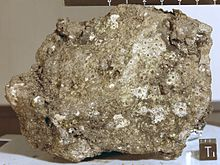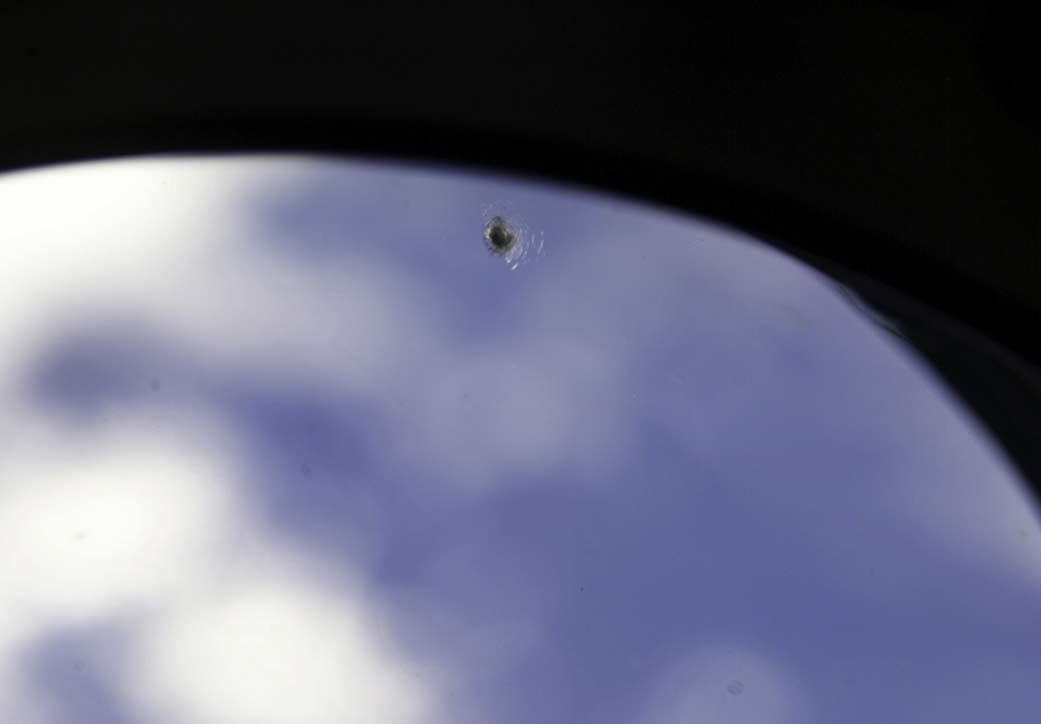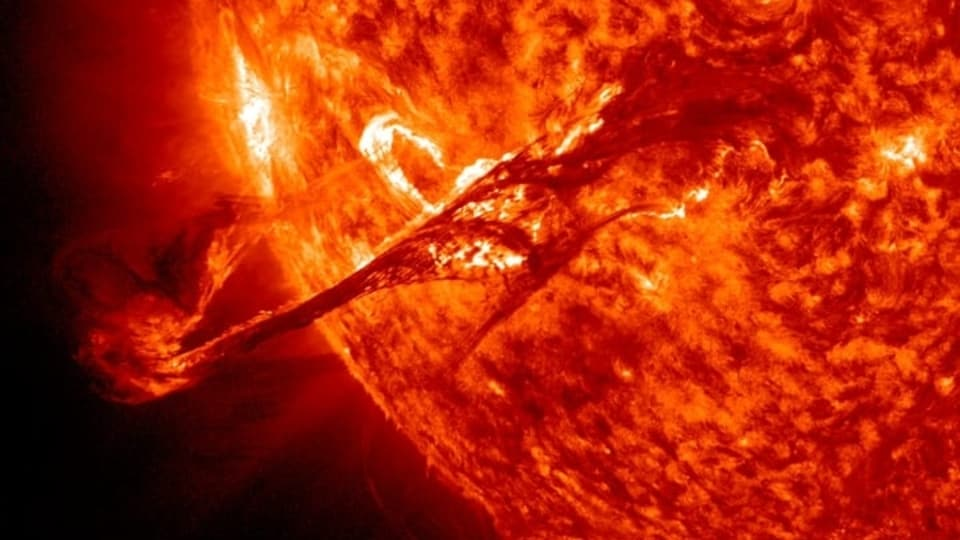#EAPS#EAPS106
Hazards of Early Space Flight §
- In 1967, Apollo 1 experienced a fire during a test on the launch pad that killed all 3 astronauts
- It was concluded that the fire was caused from a short circuit in a bundle of wires that spread to an abundance of flammable materials in the capsule. A pure oxygen environment caused the fire to burn hotter and spread faster than normal
- The practice of using pure oxygen in the capsule as opposed to a nitrogen/oxygen mix (our normal Atmosphere) was to make things faster/easier so we could be on the Moon first
- NASA fixed the problem by pumping in air from the outside while on the pod, but only replenished oxygen in space
- Astronauts travelled to the moon and back with pure oxygen
- The Apollo 1 astronauts could not open their inward swinging capsule door during the fire due to higher pressure within the capsule, so the door was redesigned to swing outwards with explosive bolts
- Apollo 13
- An oxygen tank blew up on the service module in route to the Moon, creating a host of problems that had to be solved to get the astronauts home, which they successfully did
- The damage to the service module made the command module inoperable (except for reentry). To survive the return to Earth from the Moon, the Apollo 13 astronauts used the Lunar Module (LM), the part built to land on the moon, as a lifeboat
- The Lunar Module wasn’t designed to support three astronauts for 5+ days - creating a CO2 problem
- Square peg, round hole, they had to improvise CO2 scrubbers using only materials available in the spacecraft. The plans were made on the ground and relayed to the astronauts
- Since the guidance system was shut down, the astronauts had to manually steer the capsule during a course correction
- The psychological impact of the stress of trying to get home in a freezing (heaters had to be turned off), damaged spacecraft took its toll on the astronauts
- In 1971, after an apparently normal reentry of the Soviet Soyuz 11 capsule, the recovery team opened the capsule to find the crew dead. They died from asphyxiation after a ventilation valve broke during reentry, resulting in loss of cabin pressure
- Fallen Astronaut is a 3.5-inch aluminum sculpture and plaque commemorating the 14 astronauts and cosmonauts who died in the advancement of space exploration through 1971. Was placed on the Moon by another Apollo flight.
- Jerrie Cobb (1931 - 2019) was an American aviator part of the Mercury 13, a group of women who underwent physical and physiological testing at the same time as the original Mercury Seven astronauts, but was denied entry into the astronaut program despite passing all requirements because she was a woman
- In 1948, Cobb earned her private pilots’ license at the age of 17
- Facing sex discrimination, she took on less-sough-after flying jobs, such as patrolling pipelines and crop dusting
- At the age of 21 she was delivering military fighters to foreign Air Forces worldwide
- In 1959, Cobb was named pilot of the year
- In 1960 she was appointed a consultant to the space program
- Cobb set three aviation records in her 20s, the world record for nonstop long-distance flight, the light-plane speed record, and a world altitude record for lightweight
- She did 30 years of missionary work in South America, leading her to be honored by many governments in South America
- She was nominated for a Nobel Peace Prize
N. A. S. A. (Need Another Seven Astronauts) §
- Title refers to the Challenger explosion, and the loss of seven astronauts and NASA really not caring about the safety and needing another seven
- The 1986 Space Shuttle Challenger Disaster
- A field joint is where two segments of a solid rocket booster need to be attached on the launchpad because the boosters are too big to manufacture and ship in one place
- A flawed design: Internal pressure causes field joints to deform requiring the O-rings to quickly expand to fill a relatively larger gap
- If hot gas moves past the O-rings, it will cause damage, leaving them potentially unable to function as required
- O-ring damage occurred in 8 of 24 previous flights. A third of them.
- Below freezing temperatures an compromise the safety of a shuttle launch easily
- Rubber O-rings will lose elasticity due to the cold, allowing hot gas to pass and causing O-ring damage
- Ice can damage the orbiter
- Ice can be on the walkway which is dangerous if people need to get away from the shuttle
- Boosters were not tested below forty degrees Fahrenheit, yet a launch was done in below freezing temperatures
- These conditions led to a conference call then ight before the launch between Morton-Thiokol engineers, who recommended NOT launching below 53 degrees since damage has been sustained in those conditions. However NASA basically said “prove it” and flew anyways
- ANOTHER reason not to launch, Al McDonald, the lead engineer for the solid rocket boosters, refused to sign-off for launch. So NASA accepted his manager’s signature. And NASA flew the rocket anyways.
- The Challenger pilots were not briefed on nor asked their opinion of the cold weather situation and the fact that engineers did not recommend launch and the lead engineer refused to sign off on the launch
- The aft joint failed upon ignition, the resulting external flame took 70 seconds to burn through a strut attaching the booster to the external tank. The detached booster then rotated into the top of the external tank, releasing oxygen and hydrogen, which mixed and ignited
- The space shuttle challenger exploded because
- The program was aware of and ignored the implications of O-ring damage on numerous recovered hardware
- The launch took place under cold temperature conditions that had never been tested, exasperating the O-ring problem
- Managers of NASA and Morton Thiokol ignored the advice of engineers that it was not safe to launch
- Why a teacher (Christa McAuliffe) in space?
- For political reasons: President Reagan wanted to appease a striking teachers union
- Did this influence the disaster?
- The White House probably put pressure on NASA to launch before Reagan’s state of the Union address that evening
- Did NASA learn from this? No. In 2003 the Space Shuttle Columbia disintegrated ruing reentry killing all seven astronauts after foam from the External Tank broke off and damaged tiles on the orbiter wing
- The space shuttle was hit over 15,000 times by debris from the external tank and solid rocket boosters. And they never did anything about it. Just assumed it was fine.
- Like the O-rings, the problem with foam breaking off the External Tank had been known for years.
- NASA had opportunities to receive help and check for damage. And they didn’t and just didn’t tell the astronauts.
Micrometeoroids and Radiation §
- Micrometeoroids - tiny pieces of space rock (millimeters or less) traveling at very high rates of speed (measured in kilometers per second) that can cause a lot of damage
- No way to see them or detect them, they’re so small and fast
- With no atmosphere to burn up in, a lunar rock brought back by Apollo astronauts showed numerous zap pits on its surface caused by micrometeorite impacts

- Micrometeoroids have damaged the space station, numerous satellites, and can harm astronauts

- To avoid micrometeorite object damage (MMOD), this experimental “Whipple” is designed with two layers, an outers skin, which serves to break the micrometeoroid into a cloud of fragments and gas, which becomes easier for a rear wall to capture or deflect what remains

- In the future, gecko based robots might help repair micrometeoroid damage
- Spacesuits do not provide protection from radiation
- Spacesuits have multiple layers of insulation to protect from micrometeoroids (Kevlar layer), and extreme cold and heat (plus or minus 250 degrees Fahrenheit), but not radiation, which would require an impractically thick, dense material
- The solar wind is created by the outward expansion of plasma (a collection of charged particles) from the Sun’s corona (outermost atmosphere). This plasma is continually heated to the point that the Sun’s gravity can’t hold it down. It then travels along the Sun’s magnetic field lines that extend radially outward.
- Solar flares are sudden, larger energy releases from the Sun that carry especially high doses of radiation

- Spacecraft are very vulnerable to radiation blasts from solar flares…though “fireworks” and large displays are not very likely since radiation does not interact with objects and atmospheres. It could overload electrical systems though
- In the movies solar flares are often incorrectly depicted as scorching the Earth. But we are in no danger of this happening because radiation does not ignite fires.
- Our magnetic field deflects much of the radiation from the Sun and the atmosphere absorbs most of the rest (causing the aurora lights)
- Another source of radiation are cosmic rays, energetic atomic nuclei traveling through space at near light speed originating from supernova throughout the galaxy
- Apollo astronauts on the Moon saw flashes of light caused by cosmic rays that collided with their optics nerves
- Radiation is the reason why we will have difficulty colonizing the Moon and Mars, neither of which have a magnetic field nor substantial atmosphere
- Traveling to and staying on Mars will expose people to 100 times the radiation they experience on Earth, unless they lived near Chernobyl
- Radiation on the Moon is even worse than Mars as it is closer to the Sun and has even less atmosphere
- Solar flares can cause electrical systems to overload, interference with communications, and hanging out in a cave is the safest place, but there are no surface “wind” effects.
- Without a substantial atmosphere or magnetic field, the best solution to protect ourselves on the Moon or Mars may be to live underground
Space Junk and Weightlessness §
- Space Junk - Man-made debris in orbit around Earth
- There are more then an estimated 100 million pieces of space debris orbiting Earth. We are currently tracking over 750,000 pieces traveling up to 17.500 miles per hour
- There are billions of pieces of micro debris too small to be tracked but moving very fast
- We have been polluting the space around Earth for a REALLY long time by just blowing things up in space or trying to put things up there
- There are several possible solutions to remove space junk, but little current funding
- The Kessler Syndrome - Collisions create debris which creates more collisions etc. until the Earth is encased in a shell of orbiting debris, making it impossible for us to keep satellites in orbit (no more internet, cell phone, GPS) and no leaving the planet - forever.
- Weightlessness
- Long periods of weightlessness cause muscles to atrophy, bones to become brittle, and the redistribution of body fluids, which can have effects on balance, blood volume, sight, breathing, brain function, heart function, and other yet unknown long-term effects
- After a five month stay on the space station many astronauts are too weak to walk with Earth’s gravity
- Regular resistance training is essential for maintaining bone and muscle mass in zero gravity, but it only can go so far
- Weightlessness can be countered by rotating a spacecraft, generating a centrifugal force that simulates gravity
- This isn’t exactly like Earth’s gravity but is similar enough that our bodies cant tell the difference reducing many of the issues
- From the perspective of a person experiencing artificial gravity through rotation, they will feel grounded while everything else is spinning
- https://www.youtube.com/watch?v=M9QueZkv8eU
- Spinning a spacecraft does not actually create a gravity field, just simulates it, so floating objects would not fall

Getting it wrong in the movies §
- In the movie Gravity (2013) the astronauts tried to use jetpacks to go between the Hubble Space Telescope and the ISS. NOPE
- Not even the Space Shuttle had enough fuel to travel between the Space Station and the Hubble Telescope
- The MMU (Manned Maneuvering Unit) was last used in 1984. After the Space Shuttle Challenger disaster, it was deemed too dangerous
- Basically you control movement instead of tethered
- Not only are the ISS and Hubble Telescope at different altitudes and inclinations, they also are traveling at different speeds. You simply couldn’t go between them using these methods.
- There is no sound in space. You would in fact, not hear the Death Star blow up
- Sound waves exist as vibrations in a pressured medium such as air. There is no medium in space within which sound can travel.
- Fire can’t be in space, fire cannot sustain itself due to lack of oxygen. The fires in space are instantly extinguished. Fire would eat up the oxygen from the inside of a spacecraft and then instantly be done. More like a firecracker, with a flash.
- If you take your helmet off in space, you would suffocate!
- The best way to get around on the 1/6 gravity of the moon is to hop/skip


